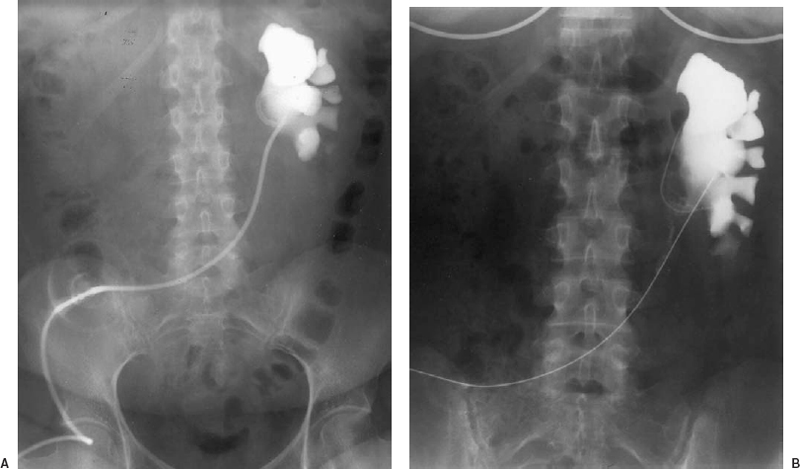

Your child's surgery will be done under general anesthesia.
#Non obstructive left renal calculus skin#
In select cases, the obstruction can be managed completely endoscopically (without any skin incisions). Around 18 months of age, the ureter is then reimplanted into the bladder. This allows the affected kidney and ureter to decompress. The ureter is surgically brought to the surface of the skin to allow it to drain urine freely into the diaper. In a newborn with massive ureteral dilation or poor renal function, a cutaneous distal ureterostomy may be recommended.

In this situation, we will closely follow your child with repeated imaging studies. In some children, an ultrasound may show a significant amount of dilation ( megaureter and hydronephrosis) but the kidney functions and drains well. In situations where the kidney function is compromised, surgery is needed. Our overall goal in treating a UVJ obstruction is to preserve renal function. Your child may need sedation if she is young and might have difficulty tolerating the length of the study, which is typically 40 minutes.Įach year, approximately 50 ureteral reimplantations are done at CHOP. Your child will need an IV and a catheter for this study. Magnetic resonance urography (MRU) creates detailed pictures of the kidneys, ureters and bladder. MRI/MRU: MRI is a radiation-free diagnostic procedure that uses a combination of a large magnet, radiofrequencies and a computer to produce detailed images of the body. Pictures of the kidneys will be taken with a large machine that rotates around your child. The isotope makes it possible to see the kidneys clearly. An intravenous line (IV) is used to inject a special solution called an isotope into your child's veins. MAG III renal scan: This study helps us determine how each kidney is functioning and the degree of blockage. It will enable us to see the degree of hydronephrosis (dilation of the kidney). Renal bladder ultrasound (RBUS): This procedure uses sound waves to outline the kidneys and bladder. Your child may undergo a variety of tests to help confirm his diagnosis and evaluate the extent of his condition.


 0 kommentar(er)
0 kommentar(er)
